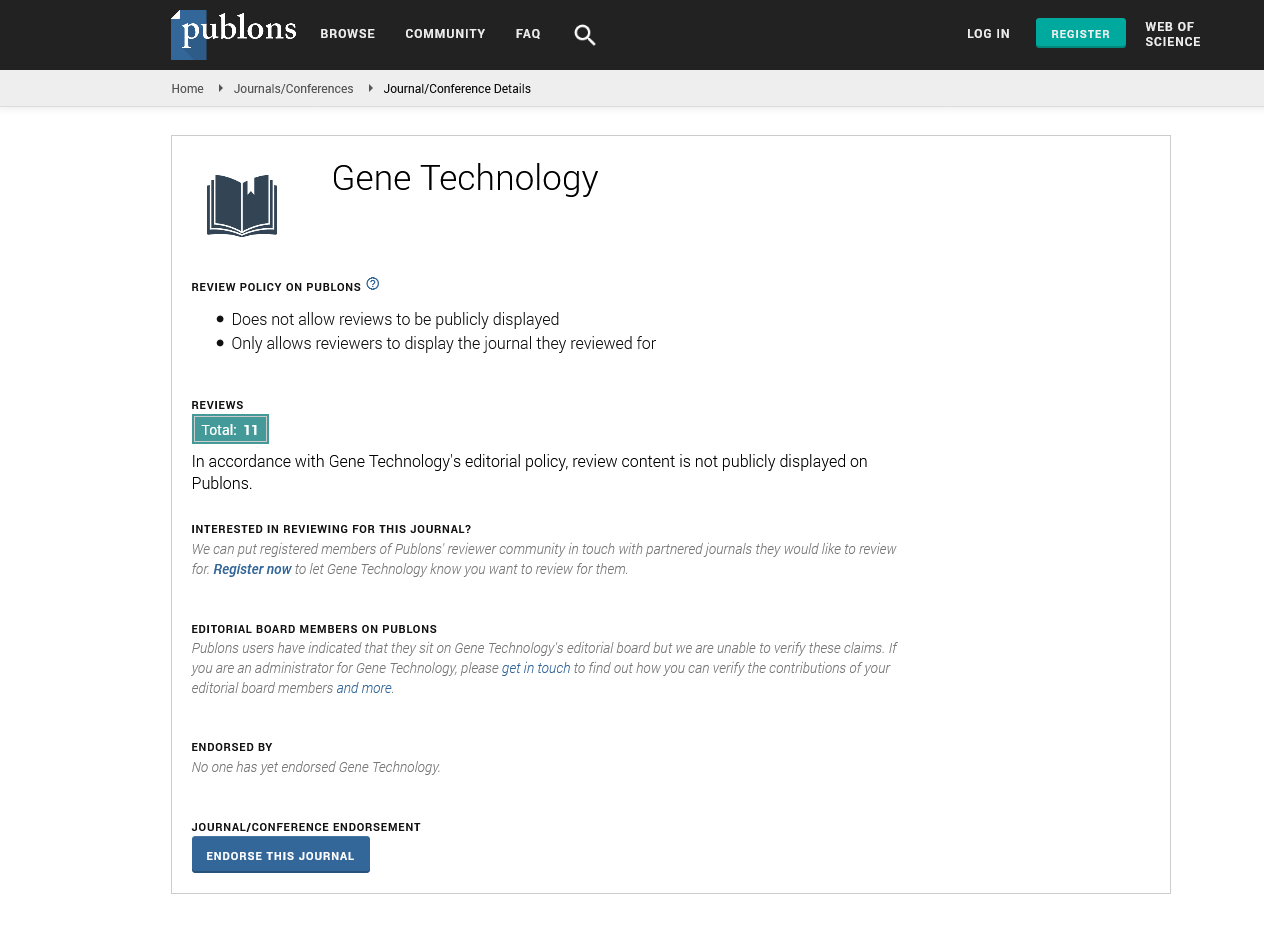Indexed In
- Academic Keys
- ResearchBible
- CiteFactor
- Access to Global Online Research in Agriculture (AGORA)
- RefSeek
- Hamdard University
- EBSCO A-Z
- OCLC- WorldCat
- Publons
- Euro Pub
- Google Scholar
Useful Links
Share This Page
Journal Flyer

Open Access Journals
- Agri and Aquaculture
- Biochemistry
- Bioinformatics & Systems Biology
- Business & Management
- Chemistry
- Clinical Sciences
- Engineering
- Food & Nutrition
- General Science
- Genetics & Molecular Biology
- Immunology & Microbiology
- Medical Sciences
- Neuroscience & Psychology
- Nursing & Health Care
- Pharmaceutical Sciences
Abstract
RNAi Induced Wing Modification in Leon Mutant Drosophila Females: Exploring the Tissue Specificity and Physiological Interference
Sandeep Satapathy and Cheng Ting Chien
The precision of growth of an animal is meticulously regulated by extrinsic and intrinsic factors, with focus on maintenance of organismal homeostasis. The clue to change in physiology or metabolism of an organism, at times, can be derived from the changes in phenotypes. In the Drosophila melanogaster model system, GAL 4-overexpressed RNAi driver males (Mini-White Marker), targeted against specific genes, when crossed with Leon mutant (19-2/TM6B) females, yield progeny of different wing types. Different RNAi lines expressing the phenotypes in a gradient of sodden, mid to normal, explains the varying severity of the wing phenotypes. The comparison of flies co-expressed RNAi and Leon mutant with wild type or Leon mutant females, show changes in wing phenotype; in terms of wing venation, anterior cortical vein (acv) position, posterior cortical vein (pcv) position, bristles on the wing margins and the intersegmental distance. There is a distinct evidence of both rescue and deterioration phenotype observed at various levels, with the varying levels of RNAi expression in sodden, mid and normal type. A correlational study of these modified wing phenotypes to the physiological and metabolic functionalities, reveals the expression of most of these genes targeted by RNAi, mainly in the brain, heart, thoracic-abdominal ganglion, salivary gland, ovary and testis. Therefore, it can be hypothesized that the Leon mutant can be correlated with the RNAi.

